Donate now to support the LLIFLE projects.
Your support is critical to our success.
Your support is critical to our success.
= Ariocarpus furfuraceus C.H.Thomps.
Rep. (Annual) Missouri Bot. Gard. 9: 130, pl. 34. 1898
Accepted Scientific Name: Ariocarpus retusus Scheidw.
Bull. Acad. Roy. Sci. Bruxelles 5: 492 (t. 1). 1838
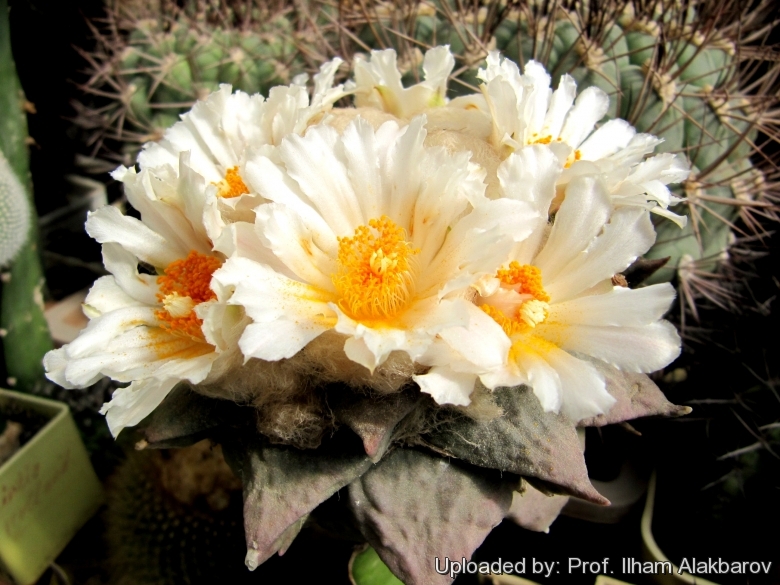
Mammillaria furfuracea (Ariocarpus furfuraceus) Photo by: Prof. Ilham Alakbarov
40 years old seedling. The variety "furfuraceus" is distingushable for the dark green-brown-grey equilaterally triangular shaped tubercles with abundant white wool at the apex. The tubercles are also usually more obese, pointed and smooth, with areoles on the tip.
40 years old seedling. The variety "furfuraceus" is distingushable for the dark green-brown-grey equilaterally triangular shaped tubercles with abundant white wool at the apex. The tubercles are also usually more obese, pointed and smooth, with areoles on the tip.
Synonyms:
- Ariocarpus furfuraceus C.H.Thomps.
- Anhalonium furfuraceum J.M.Coult.
- Ariocarpus retusus var. furfuraceus (S.Watson) G.Frank
- Mammillaria furfuracea S.Watson
See all synonyms of Ariocarpus retusus
back
Accepted name in llifle Database:Ariocarpus retusus Scheidw.
Bull. Acad. Roy. Sci. Bruxelles 5: 492 (t. 1). 1838
Synonymy: 31
- Ariocarpus retusus Scheidw.
- Anhalonium areolosum Lem.
- Anhalonium prismaticum Lem.
- Anhalonium pulvilligerum Lem.
- Anhalonium retusum Salm-Dyck
- Cactus prismaticus Kuntze
- Mammillaria areolosa Hemsl.
- Mammillaria prismatica Hemsl.
- Ariocarpus confusus Halda & Horáček
- Ariocarpus retusus subs. confusus (Halda & Horáček) Lüthy
- Ariocarpus elongatus (Salm-Dyck) Wettst.
- Anhalonium elongatum Salm-Dyck
- Ariocarpus trigonus var. elongatus (Salm-Dyck) Backeb.
- Mammillaria elongata (Salm-Dyck) Hemsl.
- Ariocarpus furfuraceus C.H.Thomps.
- Anhalonium furfuraceum J.M.Coult.
- Ariocarpus retusus var. furfuraceus (S.Watson) G.Frank
- Mammillaria furfuracea S.Watson
- Ariocarpus furfuraceus f. cristata Frič
- Ariocarpus furfuraceus f. monstruosus hort.
- Ariocarpus furfuraceus var. rostratus A.Berger
- Ariocarpus prismaticus hort. ex Cobbold
- Ariocarpus pulvilligerus K.Schum.
- Ariocarpus retusus f. cristata hort.
- Ariocarpus retusus subs. jarmilae Halda, Horáček & Panar.
- Ariocarpus retusus subs. panarottoi Halda & Horáček
- Ariocarpus retusus subs. pectinatus Weisbarth
- Ariocarpus retusus subs. scapharostroides Halda & Horáček
- Ariocarpus retusus var. sladkovskyi Halda & Kupčák
- Ariocarpus retusus subs. sladkovskyi Halda & Kupčák
- Ariocarpus retusus var. elongatus (Salm-Dyck) Backeb.
Ariocarpus retusus subs. trigonus (F.A.C.Weber) E.F.Anderson & W.A.Fitz Maur.
Haseltonia 5: 18. 1998 [1997 publ. 1998]
Synonymy: 7
- Ariocarpus retusus subs. trigonus (F.A.C.Weber) E.F.Anderson & W.A.Fitz Maur.
- Anhalonium trigonum F.A.C.Weber in Bois
- Ariocarpus trigonus (F.A.C.Weber) K.Schum.
- Ariocarpus retusus subs. horacekii Halda & Panar.
- Ariocarpus elongatus subs. horacekii (Halda) Halda
- Ariocarpus trigonus var. horacekii Halda
- Ariocarpus trigonus var. minor M.Voldan
- Ariocarpus retusus cv. Cauliflower
- Ariocarpus retusus cv. Cauliflower King
- Ariocarpus retusus cv. Frumdosus
- Ariocarpus retusus cv. Frumdosus brevituberosus
- Ariocarpus retusus cv. Frumdosus f. variegata
- Ariocarpus retusus cv. Maruibo
- Ariocarpus retusus cv. Maruibo Cauliflower
- Ariocarpus retusus cv. Maruibo Pectinatus
- Ariocarpus retusus cv. Mituibo
- Ariocarpus retusus cv. Royal Tama Botan
- Ariocarpus retusus cv. Tama Botan
back
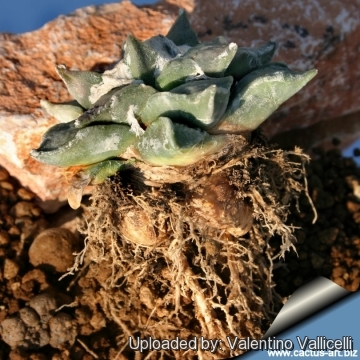
Mammillaria furfuracea (Ariocarpus furfuraceus) Photo by: Valentino Vallicelli
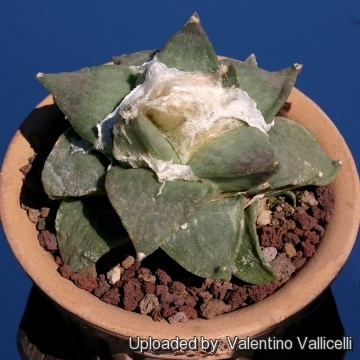
Mammillaria furfuracea (Ariocarpus furfuraceus) Photo by: Valentino Vallicelli
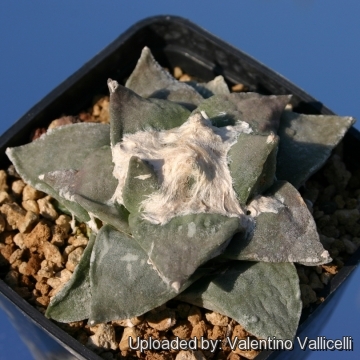
Mammillaria furfuracea (Ariocarpus furfuraceus) Photo by: Valentino Vallicelli
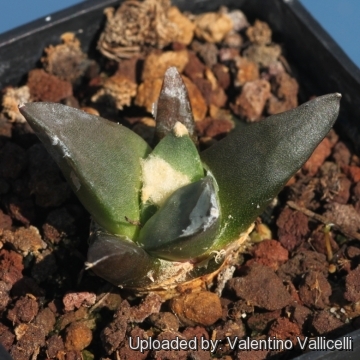
Juvenile specimen (5 years old). (Ariocarpus furfuraceus) Photo by: Valentino Vallicelli
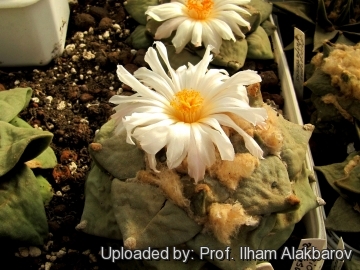
Mammillaria furfuracea (Ariocarpus furfuraceus) Photo by: Prof. Ilham Alakbarov
Send a photo of this plant.
The gallery now contains thousands of pictures, however it is possible to do even more. We are, of course, seeking photos of species not yet shown in the gallery but not only that, we are also looking for better pictures than those already present. Read More...
The gallery now contains thousands of pictures, however it is possible to do even more. We are, of course, seeking photos of species not yet shown in the gallery but not only that, we are also looking for better pictures than those already present. Read More...
| Your Actions | |
|---|---|
| Back to Mammillaria index | |
| Back to Cactaceae index | |
 |
Back to Cacti Encyclopedia index |








